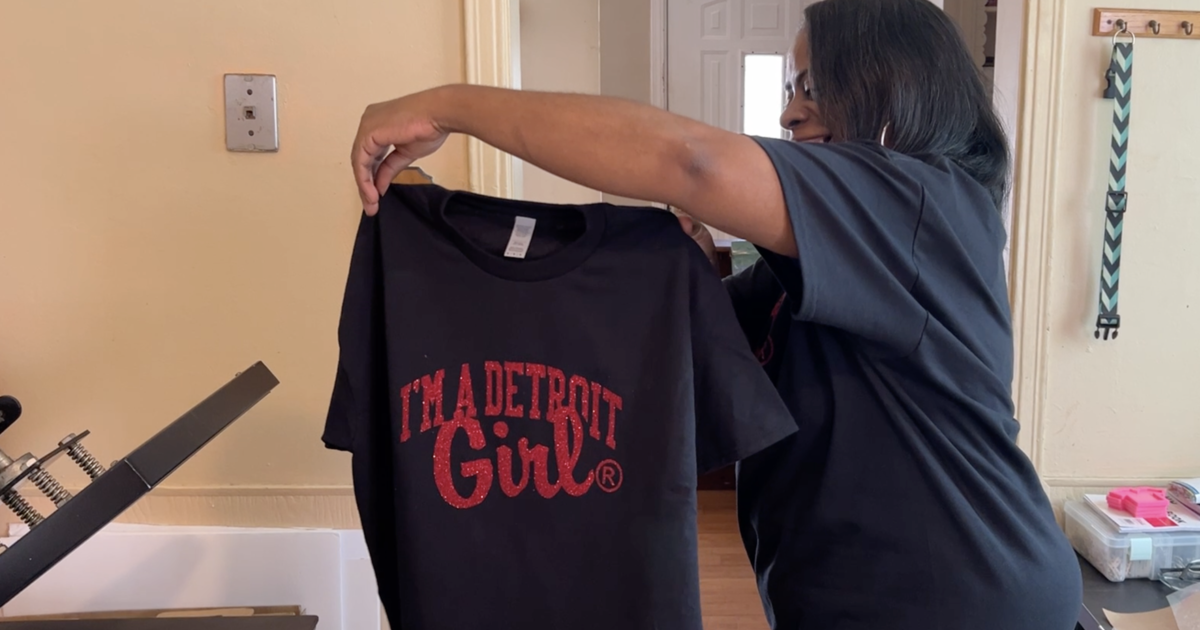Consumers Drive Ford Focus Electric Simulator, Help Design Dash Displays
Potential customers are getting a chance to help develop the final in-dash display for the Ford Focus Electric through the use of a specially designed driving simulator.
The driving simulations and feedback are helping Ford engineers make sure the unique extension of the MyFord Touch interactive display in the Focus Electric is easy to use and meets the needs of potential owners. The new Ford Focus Electric uses the high-tech driver interface to help drivers optimize range and experience the freedom of fuel-free driving.
When stepping into the simulator, a user sees exactly the same information that would appear in the real Ford Focus Electric, including two 4.2-inch full-color LCD screens flanking the speedometer in the center. These screens provide details on battery state of charge, distance to charge point, the corresponding budget and expected range surplus.
"These screens are an integral part of Focus Electric and we thought the best way to make sure they would do their job is to have people come in and try them out for themselves," said Paul Aldighieri, HMI engineer. "The only true way to get a feel for what the screens are telling the driver is by actually getting behind the wheel."
Since last year, nearly 30 drivers have participated in the simulator exercise, an 11-mile circuit that traverses a variety of terrain that a typical drive would include. Hills, city streets, country roads and flat lands make up the circuit.
The studies evaluated how well participants comprehended the gauge concepts and validated the gauge design. Feedback showed the core behaviors of the system were well understood, and the engineering team received feedback on how to improve the interface. The team incorporated the feedback and received high acceptance levels for the new graphics.
For example, the original Brake Coach showed the absolute amount of energy that was captured and sent back to the battery, as well as the energy lost due to friction. Participants provided feedback that this was too complex to understand and the indication of the energy lost to friction was not well understood.
Engineers simplified the program to show just the relative proportion of energy captured out of what was available to be captured. This gave the drivers a score that was easier to understand and was shown to be more motivational.
Additionally, engineers received feedback on alternatives for the terminology used to represent what eventually became the charge point, budget and surplus screens.
The team also brought in members of the Michigan Electric Auto Association, a group of electric vehicle enthusiasts, to validate the driver information. The concepts were well received by the group, who considered the information thoughtful, particularly for people who are not familiar with the electric vehicle experience.
Specifically, the butterflies, which are used to graphically represent the additional range beyond one's charge destination, were considered to be an appropriate emotive theme. One theme that was being pursued -- a circuit board -- was poorly received. It was seen as cold, unattractive and not exciting; it was dropped.
"Butterflies are a safe image that doesn't alienate people," said Aldighieri. "Not everyone thinks windmills and solar panels are desirable."
Graphically representing surplus mileage beyond charge point destination was identified by this group as a benefit. One guest indicated he had recently gone to the movies with some friends in his electric car. After the movies, one of his friends asked if they could go out for ice cream; this particular guest had to discourage that as he had not accounted for it in planning the evening's travels. After seeing Ford's surplus gauge, he thought this would have given him better data to consider adding on a spontaneous stop to get ice cream.
MyFord Touch on the all-new Focus Electric offers drivers unique features that provide easy-to-understand information about range, destinations and charge points.
For those who want more in-depth information, the cluster's MyView feature offers greater personalization choices. Using five-way buttons on the steering wheel, Focus Electric owners can configure their own custom information screen in the left display. MyView gives owners the ability to choose trip budgets and range views and decide whether or not to display associated text with each screen.
The system also helps coach drivers to optimize their use of the vehicle's regenerative brakes to recapture kinetic energy and send it back to the battery. Brake Coach gives drivers feedback on their braking performance – and the effect it has on their range – once the car comes to a complete stop after a braking event.
The right-hand display screen in Focus Electric also uses blue butterflies to graphically represent the additional range beyond one's charge point destination – the more there are, the greater the range. To reinforce the message, at the end of each trip a display screen provides distance driven, miles gained through regenerative braking, energy consumed and comparative gasoline saved by driving electric.
Check out a video of the display at http://fordvideo.wieck.com/search?q=HMI.



